Expansion of Electric Vehicle Market
The rapid expansion of the electric vehicle market is emerging as a significant driver for the Polyvinyl Butyral Films for Automobile Market. As electric vehicles gain traction, manufacturers are focusing on lightweight materials to enhance efficiency and performance. Polyvinyl Butyral films are increasingly recognized for their lightweight properties, making them an attractive option for electric vehicle manufacturers. The shift towards electric vehicles is projected to continue, with estimates indicating that electric vehicle sales could reach 30% of total vehicle sales by 2030. This transition is likely to create new opportunities for Polyvinyl Butyral films, as they are essential for producing lightweight, high-performance automotive glass that meets the demands of the evolving automotive landscape.
Regulatory Support for Sustainable Materials
The push for sustainability in the automotive industry is fostering a favorable environment for the Polyvinyl Butyral Films for Automobile Market. Regulatory bodies are increasingly advocating for the use of eco-friendly materials in vehicle production, which aligns with the properties of Polyvinyl Butyral films. These films are not only effective in enhancing safety but also offer potential for recycling and reduced environmental impact. As manufacturers seek to comply with sustainability regulations, the adoption of Polyvinyl Butyral films is likely to increase. The market is expected to benefit from this trend, as companies that prioritize sustainable practices are more likely to invest in materials that contribute to their environmental goals, thereby driving demand for these films.
Rising Demand for Automotive Safety Standards
The increasing emphasis on safety standards in the automotive sector is a primary driver for the Polyvinyl Butyral Films for Automobile Market. As manufacturers strive to meet stringent regulations, the demand for advanced safety features, such as laminated glass, is surging. Polyvinyl Butyral films play a crucial role in enhancing the structural integrity of automotive glass, thereby improving passenger safety. According to recent data, the automotive safety glass market is projected to grow at a compound annual growth rate of approximately 6% over the next few years. This growth is likely to bolster the demand for Polyvinyl Butyral films, as they are integral to the production of laminated glass, which is increasingly favored for its ability to prevent shattering and reduce injury risk in accidents.
Technological Advancements in Film Production
Technological innovations in the production of Polyvinyl Butyral Films for Automobile Market are driving efficiency and quality improvements. Advanced manufacturing techniques, such as extrusion and casting, are enhancing the properties of these films, making them more durable and effective in automotive applications. The introduction of new formulations and additives is also expanding the functionality of Polyvinyl Butyral films, allowing for better adhesion and optical clarity. As a result, automotive manufacturers are increasingly adopting these films to meet consumer expectations for high-performance vehicles. The market for these films is expected to witness a steady growth trajectory, with projections indicating a rise in demand as manufacturers seek to leverage these advancements to enhance vehicle performance and safety.
Growing Consumer Preference for Aesthetic Appeal
The evolving consumer preferences towards aesthetic appeal in vehicle design are significantly influencing the Polyvinyl Butyral Films for Automobile Market. As consumers increasingly prioritize the visual aspects of their vehicles, manufacturers are compelled to incorporate high-quality films that enhance the overall look and feel of automotive glass. Polyvinyl Butyral films contribute to this aesthetic by providing clarity and reducing glare, which is particularly appealing in luxury vehicles. Market analysis suggests that the demand for aesthetically pleasing vehicles is likely to grow, with a projected increase in the luxury car segment. This trend is expected to drive the adoption of Polyvinyl Butyral films, as they are essential for achieving the desired visual effects while maintaining safety and performance standards.


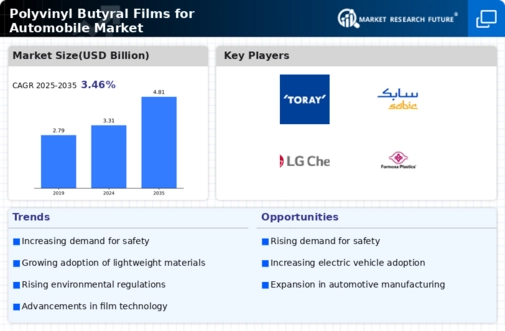
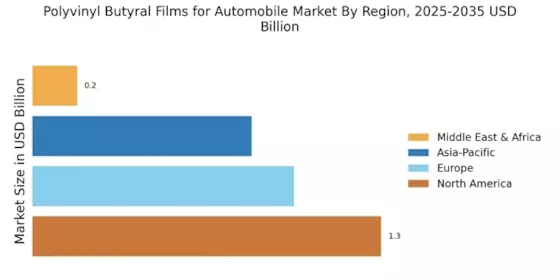


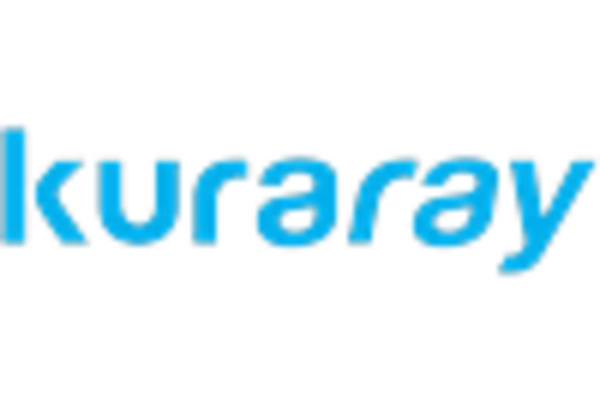

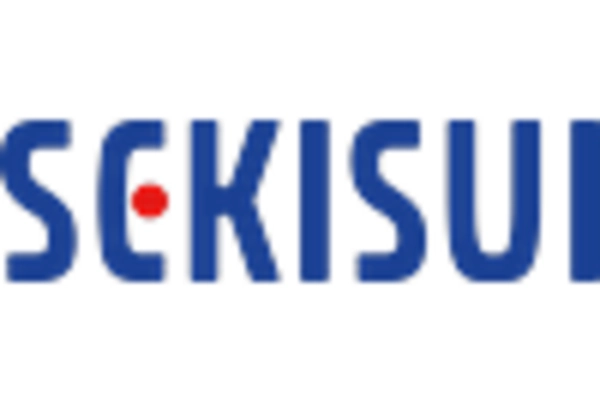

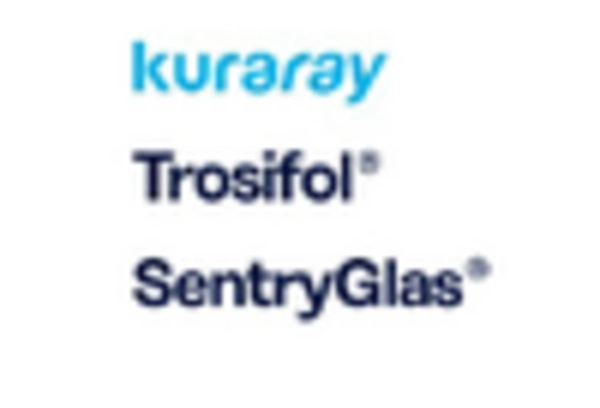








Leave a Comment